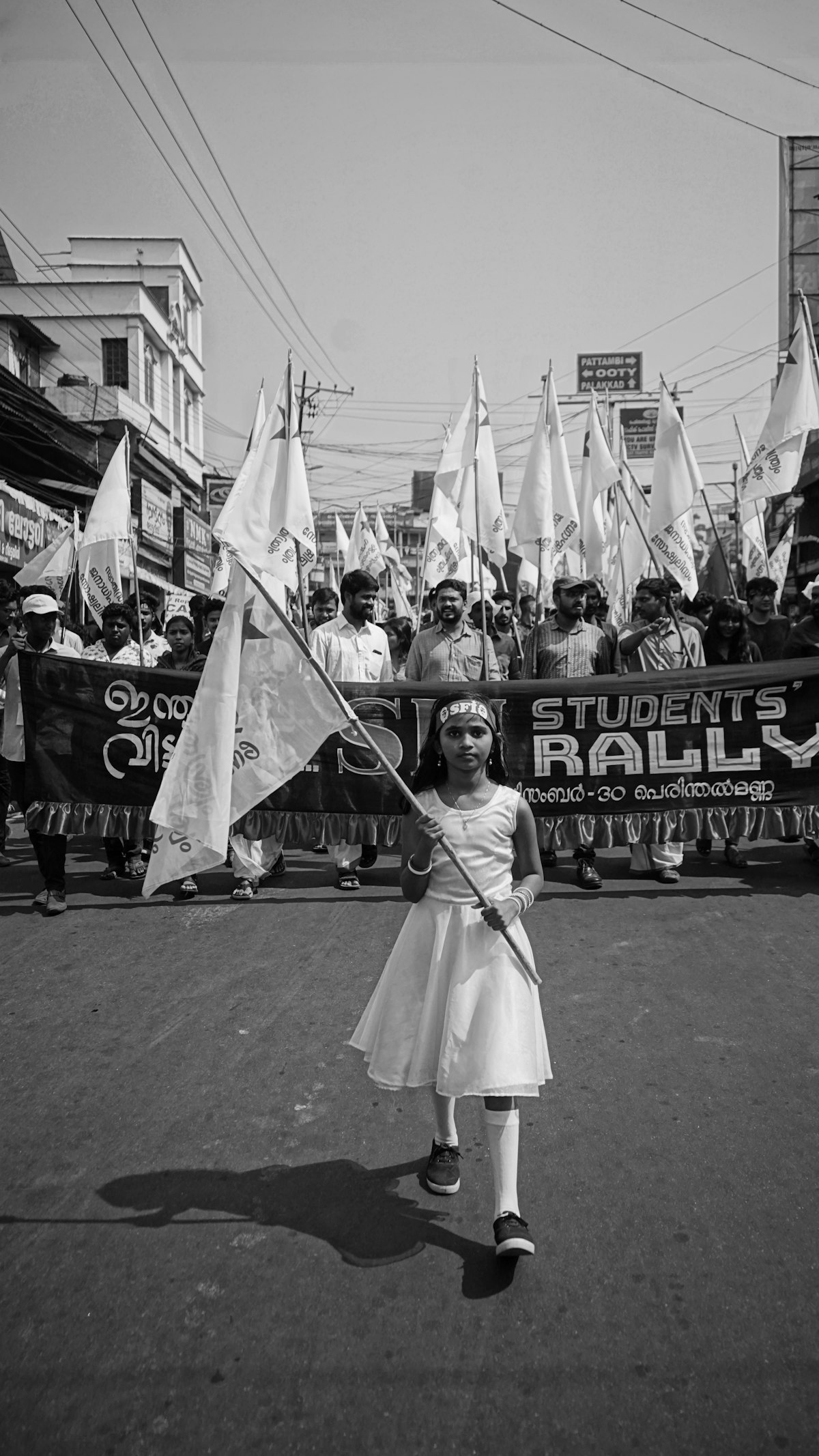M N Roy: The Making of a Revolutionary Freedom Fighter

The year is 1920. The winter is harsh. The people of Russia are searching for the last vestige of humanity, and warmth, in vain. The situation is tolerable in this plush office, where an old man is closely observing a 27-year-old. What he says next is going to break the ice between the two. “I expected a grey-bearded wise man from the East”, the old man tells the young man. Even as he laughingly protests, the young man cannot help but think: "Lenin is the most un-Russian Russian I know of." The man in front of Lenin is no ordinary 27-year-old man. He has practically done what the old man only dreamt of: Taking the Bolshevik revolution to the world. This was a 27-year-old who had traveled half the globe to meet the old man, whom he idolised. This was a 27-year-old coming to the socialist heartland after his abortive mission to draw support from Germany, the arch-enemy of the Russian populace, for his battle against the British. This was a man who found communism in the unlikeliest of places: The capitalist Mecca that the US was, and is. This was a man, who would be sent to China to teach Mao Zedong a lesson or two on communism. This was a man who be expelled from the party by none less than Stalin. This was a man who would set foot in his homeland 16 years after leaving it to free her, only to lose his freedom. This man was: Manabendra Nath Roy or M N Roy, the founding member of the Communist Party of India, and before that the Mexican Communist Party.
The Three Phases
Born on March 21, 1893, as Narendra Nath Bhattacharya or Naren at the nondescript village of Arbelia in the 24 North Paraganas of the modern day West Bengal, his life encapsulated what most mortals can only desire: Adventure. A point to note is that Wikipedia claims he was born in 1887. This cannot be the case as when he met Lenin during the Communist Congress in 1920, he mentions in his memoirs that he was 27 years old. To understand the political undercurrents of his times, which molded him into revolutionary freedom fighter, it is necessary to classify his life under three broad categories: 1. Revolutionary Freedom Fighter; 2. An Ardent Communist; 3. A Radical Humanist.
Revolutionary Freedom Fighter
The first phase first. This was an era when extremism was being weighed as an option worth considering to gain India its freedom from the oppressive Britishers. The Congress was split between two camps: The Moderates and The Extremists, with the latter making Bengal, generally, its hub. People had started quoting proses and verses from Bankim Chandra Chatterjee's landmark novel Anandmath, telling the story of the Sannyasi rebellion, which the Britishers, so hard and with reasonable degree of success, tried to brush under the carpet as a mere skirmish. Bankim's Anandmath would go on to give India its national song, the Vande Matram, which would become the war cry in the mostly non-violent fight against the British. This was the era when another Bengali, Swami Vivekananda, had reignited the Hindu pride by telling to the world that any description of this religion from the mouth or words of the Western historians was only a feeble attempt at skimming of the surface. The import of Vivekananda's and Bankim's words were not lost on young Narendranath. These two would go on to play formative roles in the transformation of Narendranath into Manabendra Nath.
Rebel at 14, convict at 18
Narendranath was only 12 when Bengal was partitioned. The wave of protests that erupted in the aftermath of the arbitrary action saw people increasingly turning nationalists. He, too, was swept by the wave and before he knew, he was fighting against the British. At the age of 14, he became party to the first political banditry reported in India. Though he was arrested, and later released on bail, his stock had risen among the revolutionaries. All of 14 years and a freedom fighter already. At the age of 18, he was convicted and awarded a one-year jail term in the famous Howrah-Shibpur Conspiracy case. He was to serve the sentence with co-convict Bagha Jatin for playing a role in the murder of Deputy Superintendent of Police Shamsul Alam, who was closing in on the murderers of a witness and the members of prosecution team in the Khudiram Bose trial. During the year-long trial, Naren and Jatin became close and began planning an armed insurrection against the British. After his release in 1912, he gave the police tailing him the slip and became a fugitive, only to resurface in Calcutta in 1914. By the time he returned, the World War-1 had broken out.
The First World War
His nationalist compatriots in the Anusilan Samiti, too, were closely watching the First World War unfold. They saw the Austro-Hungarian empire declare war on Serbia after its heir presumptive archduke Franz was assassinated in the latter's capital of Sarajevo in 1914. They watched with bated breath as the Czarist Russia declared war on the Austro-Hungarian empire in solidarity with Serbia, and the Germans jumping in to lock horns with Russia to protect the empire. They saw Britain finding it hard to see other imperialists gaining force and joining the Russian side. The time appeared ripe for the group to pursue the time-tested formula of enemy of enemy is a friend. By 1915, Anusilan Samiti had already made contacts with sympathizers in Germany and opened channels of communication with officials there to fund an insurrection against the British. It is believed that the Germans hurried an emissary to Calcutta, where he promised military and financial support through his contact in Indonesia. Naren was sent to Indonesia, where he struck a deal with the Germans. Sunderbans was decided as the drop point for arms, ammunition and money. The revolutionaries were upbeat that their dream was to materialize. Days passed, weeks turned into months, but the package never arrived. Around this time, Bagha Jatin, who was expecting the weapons at Balasore in the modern day Odisha, was ambushed by the British and shot dead. This sent shock waves through the Anusilan Samiti and Jugantar, and the dejected members began racking their brains to understand where things went wrong. They proposed to send someone to parley with the contact in Indonesia.
The Hindu-German Conspiracy
Again, Naren under another pseudonym went to Indonesia, where the German official, who agreed to extend military and financial support, reneged on his promise. Naren took the pledge of not returning to India until he could arrange for the materials his compatriots were eagerly awaiting. From Indonesia, he traveled to many countries, including Korea, Malaysia, the Philippines, China and Japan. In Japan, he met the Chinese president in exile Dr Sun Yat-Sen, who through his contacts arranged for delivery of arms on the borders of India and China in the northeast for a sum of money to be paid by the Germans. As per the plan, Naren had to go to China, from where the German embassy would arrange for his trip to Germany to sign the official documents. Thus began the Hindu-German conspiracy, a vital subplot in the global drama that was playing out in Europe. The voyage would take Narendranath across half the globe before ending in the capitalist heartland of the United States of America. What transpired there to transform Naren's beliefs, and catalyzed his transformation, would form the meat of the second essay.
A Tale Half Told
I know I have not answered any of the questions I raised at the onset. There is a simple reason: India in 20th century was a slave nation, yearning for independence. When one touches upon the facets of a protagonist from the freedom movement, there is so much to say about the person and his times, and how both impacted each other. Narendra Nath was a product of his times in the first phase of his life. He was part of a movement that was already in its advanced stage, a mere spoke among the hundreds in the wheel of revolution. His association with Anusilan Samiti or Jugantar was a natural outcome of a youthful, exuberant passion. Perhaps, he did not know he was destined to create history. Probably, he considered himself an instrument of history. To narrate what he did as a nationalist is a tale of the revolutionaries that would be addressed by and by. For now, suffice it to say that he was part of a movement; his role in starting a movement was yet to come.




